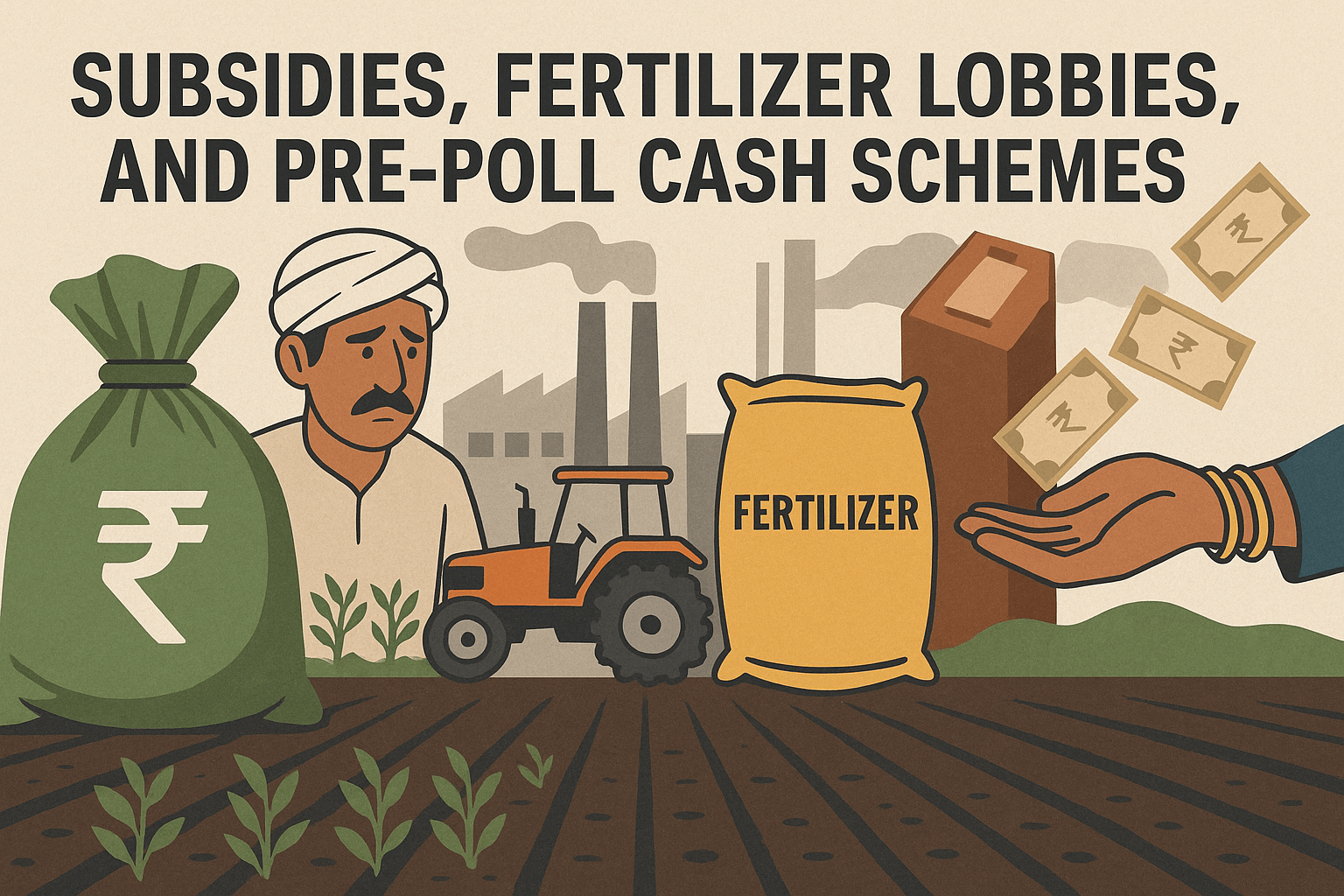The Indian government has introduced new model rules to make it easier for farmers to grow trees on agricultural land. This initiative aims to promote agroforestry, which combines agriculture and forestry. It is expected to help farmers increase their incomes and improve the environment.
The Union Ministry of Environment, Forest and Climate Change has released the ‘Model Rules for Felling of Trees in Agricultural Lands’. These rules are designed to simplify regulations around tree felling and encourage farmers to plant more trees. Agroforestry has many benefits, such as enhancing rural livelihoods, improving soil health, and conserving biodiversity.
Farmers will now be able to register their plantation details easily. They must provide information such as land ownership, tree species, and location. A new digital system, the National Timber Management System (NTMS), will help manage this process. This system will allow farmers to upload geotagged photos of their plantations, ensuring transparency and traceability of tree felling activities.
Once registered, farmers can apply online to harvest trees. They need to provide specific details about the trees they want to fell. Agencies will check these applications and conduct site inspections. After inspection, they will issue permits for tree felling. This process aims to reduce delays and make it easier for farmers to manage their agroforestry activities.
The government believes that these new rules will boost domestic timber production. This will help meet the demand for timber in India and reduce imports. By supporting wood-based industries, the initiative will create more jobs and increase exports.
The model rules also outline the responsibilities of a State Level Committee. This committee will guide states and union territories in implementing the rules. It will include officials from various departments, such as agriculture and revenue. Their goal is to promote agroforestry and simplify the rules for tree felling and transportation.
The Ministry of Environment has also emphasized the importance of integrating trees into farming systems. This is crucial for achieving India’s climate goals under the Paris Agreement. By increasing tree cover, agroforestry can help mitigate climate change and conserve water.
Farmers are encouraged to take part in this initiative. The government hopes that more farmers will adopt agroforestry practices. This will not only benefit them financially but also improve the environment.
In summary, the new model rules for felling trees on agricultural land are a significant step towards promoting agroforestry in India. By making it easier for farmers to grow and harvest trees, the government aims to enhance rural livelihoods and contribute to sustainable development. The initiative aligns with India’s National Agroforestry Policy and international commitments to sustainable land use and climate action.
As the implementation of these rules begins, it will be interesting to see how they impact the agricultural and forestry sectors in India. Farmers are hopeful that these changes will lead to better opportunities and a healthier environment.





